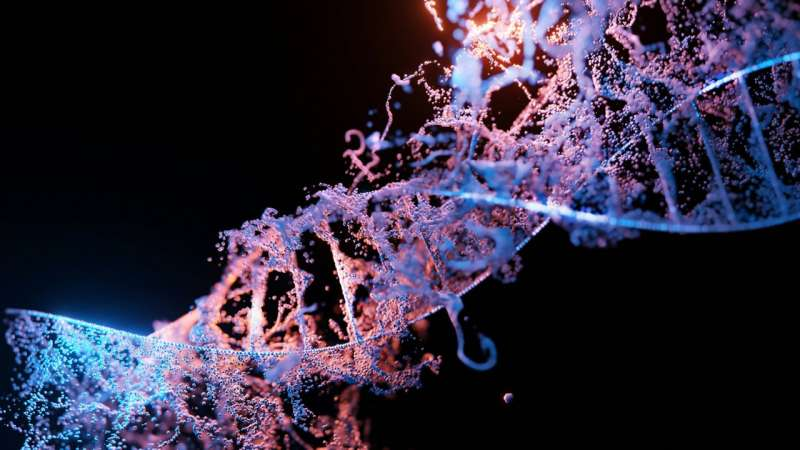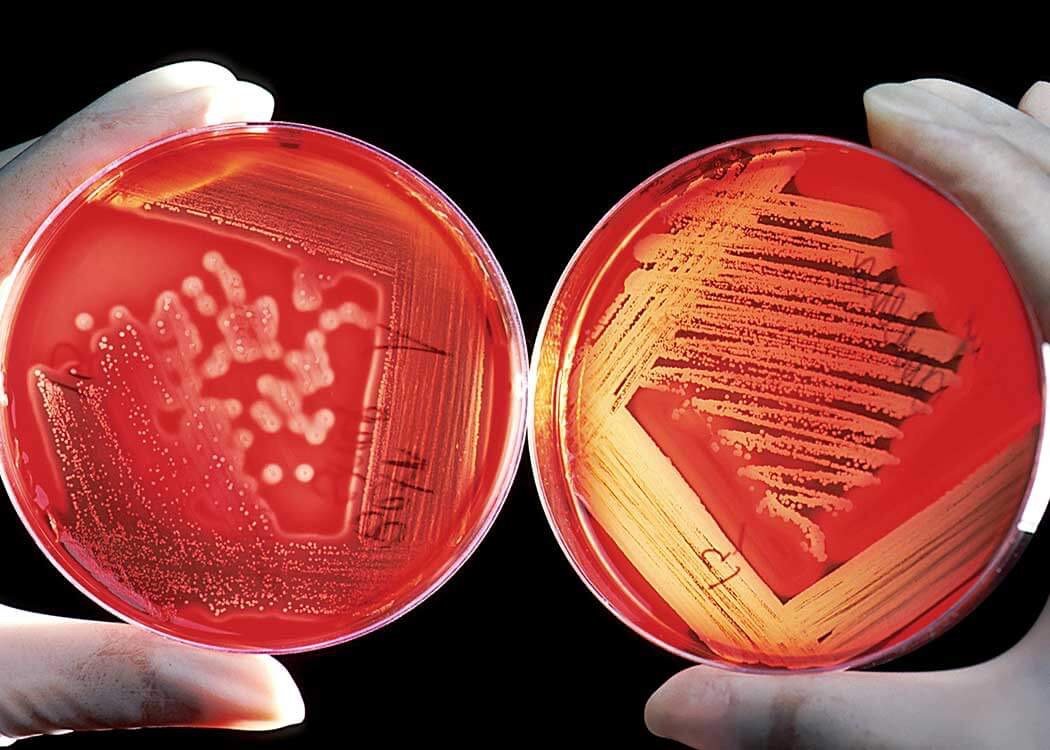Recent research has unveiled a groundbreaking function of RNA in maintaining and repairing DNA, challenging long-held beliefs about cellular processes and opening new avenues for medical advancements.
The Unexpected Function of RNA in DNA Maintenance
Traditionally, RNA has been recognized for its role in protein synthesis, acting as a messenger between DNA and ribosomes. However, recent studies have revealed that RNA also plays a crucial role in DNA repair mechanisms. Specifically, certain RNA molecules assist in the recognition and correction of DNA double-strand breaks (DSBs), which are among the most severe forms of genetic damage.
Mechanisms of RNA-Mediated DNA Repair
Researchers have identified that RNA can help position and hold broken DNA ends together, facilitating the repair process. This scaffolding function of RNA ensures that the cellular machinery accurately identifies and mends DNA damage. Additionally, specific RNA molecules, such as the long non-coding RNA NEAT1, have been found to enhance the efficiency of DNA repair when highly methylated.
Implications for Cancer Treatment and Genetic Disorders
The discovery of RNA’s involvement in DNA repair has significant implications for medical science. Enhancing RNA-mediated repair pathways could lead to innovative therapies for conditions characterized by genomic instability, such as cancer and neurodegenerative diseases. By understanding and potentially manipulating these RNA functions, new strategies for disease prevention and treatment may emerge.
Future Directions in RNA Research
This newfound role of RNA opens several avenues for future research. Scientists are now exploring how RNA modifications influence DNA repair processes and how these insights can be translated into therapeutic interventions. Further studies are needed to fully elucidate the mechanisms by which RNA contributes to genomic stability and to develop targeted treatments that leverage this knowledge.
The revelation of RNA’s involvement in DNA repair not only reshapes our understanding of genetic regulation but also holds promise for transformative medical treatments in the future. As research continues to uncover the multifaceted roles of RNA, the potential for novel therapeutic strategies becomes increasingly evident.



